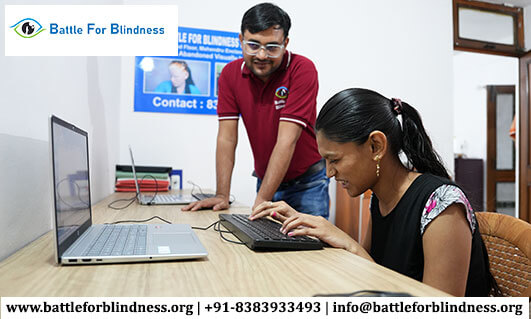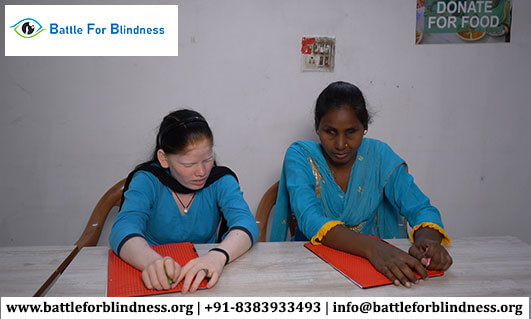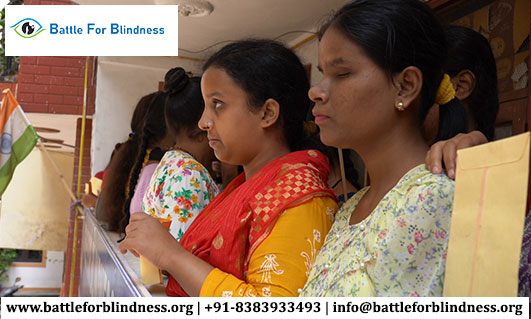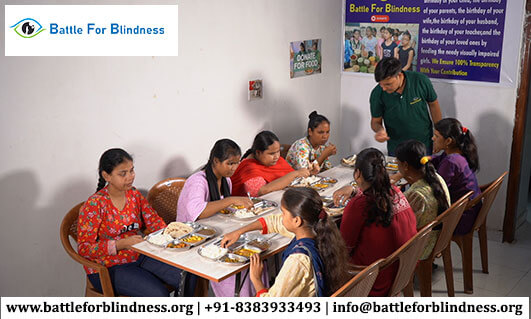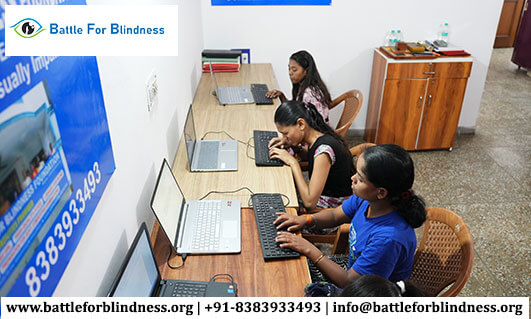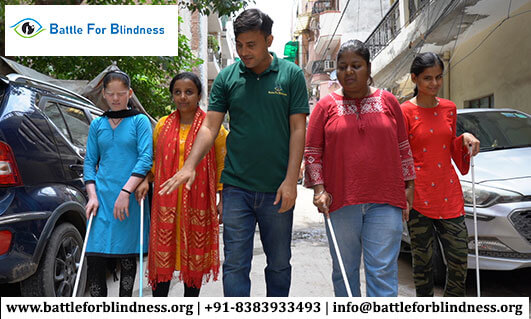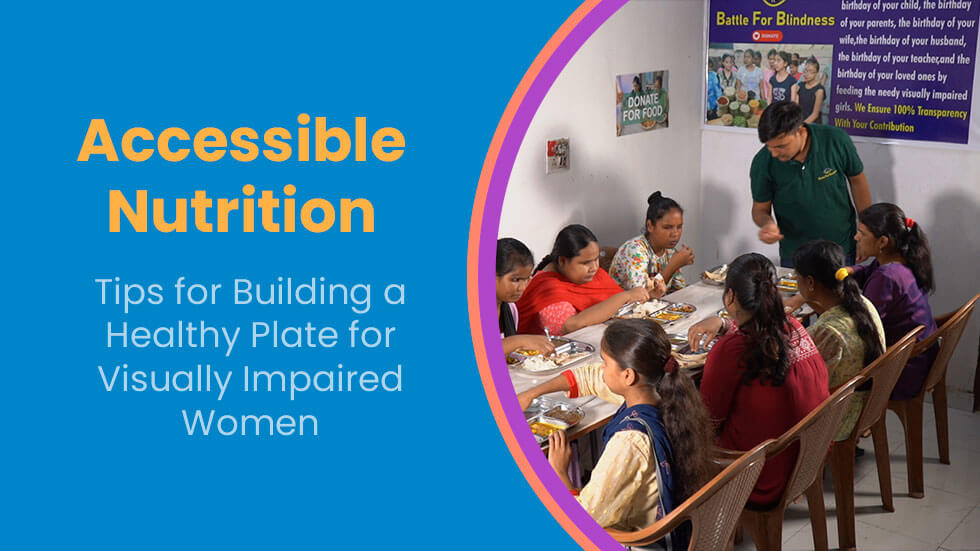
When it comes to nutrition, everyone deserves the opportunity to build a healthy plate—regardless of their abilities or challenges. For visually impaired women, the journey to maintaining a balanced diet can come with unique obstacles. However, with the right strategies, accessible nutrition can become an empowering tool to support their health and wellness.
In this blog, we’ll explore tips and practical advice for building a healthy plate that is both nourishing and easy to manage for visually impaired women. From tactile cues to nutritional guidance, these tips aim to ensure a fulfilling eating experience and promote well-being.
1. Embrace Tactile Labels and Braille
For visually impaired women, reading food labels can be a challenge. Using Braille labels or tactile labels on food packaging can help identify ingredients and nutritional content. There are also devices and apps designed to read text aloud, helping individuals stay informed about what they are eating. This simple solution can make grocery shopping and meal preparation more accessible and independent.
2. Organize the Kitchen for Accessibility
A well-organized kitchen is crucial for anyone, but especially for those with visual impairments. Arrange kitchen items such as pots, utensils, and appliances in a consistent and easy-to-reach way. Labeling shelves with tactile markers or creating a dedicated space for common items can reduce stress and confusion. Additionally, consider high-contrast storage containers to help distinguish between different foods easily.
3. Focus on Balanced and Simple Meals
When planning meals, simplicity is key. Focus on creating balanced meals that include lean proteins, whole grains, fruits, and vegetables. For visually impaired women, it’s essential to know the tactile feel of different textures—such as the soft firmness of a ripe tomato or the smoothness of a cooked piece of chicken. Keeping meals straightforward ensures both nutritious and manageable meals.
4. Incorporate Assistive Technology
Technology can be a game-changer when it comes to accessible nutrition. Nutrition apps like Aira or Be My Eyes can assist in identifying food items, reading labels, or offering cooking instructions. Additionally, using a talking kitchen scale can help in measuring ingredients with precision, ensuring accurate portion sizes for a healthy diet.
5. Highlight Portion Control Through Tools
Portion control can be tricky without visual cues. Use tactile guides, such as rubber bands or raised markings on dishes, to signify portion sizes. Measuring cups with tactile marks or even containers with divided sections can help maintain appropriate portion sizes without relying on visual estimation. This method helps ensure that each meal is balanced and nutritious.
6. Meal Prep for Convenience and Consistency
Meal prepping can be an excellent strategy for visually impaired women to stay consistent with their nutrition. Pre-cut and organize ingredients in tactile-friendly containers or freeze pre-cooked meals that can be easily reheated. This ensures that healthy meals are always on hand, reducing the need to prepare meals from scratch every day.
7. Get Creative with Textures and Flavors
When vision isn’t a reliable guide, texture and flavor can become powerful allies. Experiment with various food textures, from crunchy veggies to soft grains, and incorporate a variety of herbs and spices to enhance flavor. Women with visual impairments may also find it useful to engage other senses—such as taste and smell—when enjoying food. Building a flavorful, sensory-rich eating experience can encourage a diverse and satisfying diet.
8. Seek Support from Nutritionists or Health Coaches
Seeking professional help from a nutritionist or health coach who specializes in accessible nutrition can provide personalized guidance. Many healthcare providers are now embracing inclusive nutrition and can offer valuable advice on specific dietary needs, meal planning, and overall wellness tailored to the needs of visually impaired individuals.
9. Stay Hydrated with Easy-to-Track Fluids
Staying hydrated is crucial for health, but tracking fluid intake can be difficult for those without sight. Using a talking water bottle or a container with tactile markings can help keep track of how much water is consumed throughout the day. Staying hydrated supports energy levels and overall well-being.
10. Empower Yourself and Seek Community
It’s important to remember that accessible nutrition isn’t just about food; it’s about empowerment and well-being. By connecting with other visually impaired women who share similar experiences, you can learn from one another, exchange tips, and offer support. Online forums, support groups, and advocacy organizations can be excellent resources to help navigate the challenges of accessible nutrition.
Conclusion: Building a Healthy Plate with Confidence
Accessible nutrition isn’t just about adjusting food choices—it’s about creating an environment that fosters independence, confidence, and good health. By embracing tactile tools, simplifying meal prep, incorporating technology, and seeking support, visually impaired women can build a healthy plate that suits their needs and enhances their well-being. Remember, a healthy diet is a vital tool for nurturing both body and mind, and everyone deserves the opportunity to thrive in their nutritional journey.
By utilizing these practical tips and making small adjustments, visually impaired women can experience a fulfilling and nourishing eating routine, contributing to a better quality of life.
